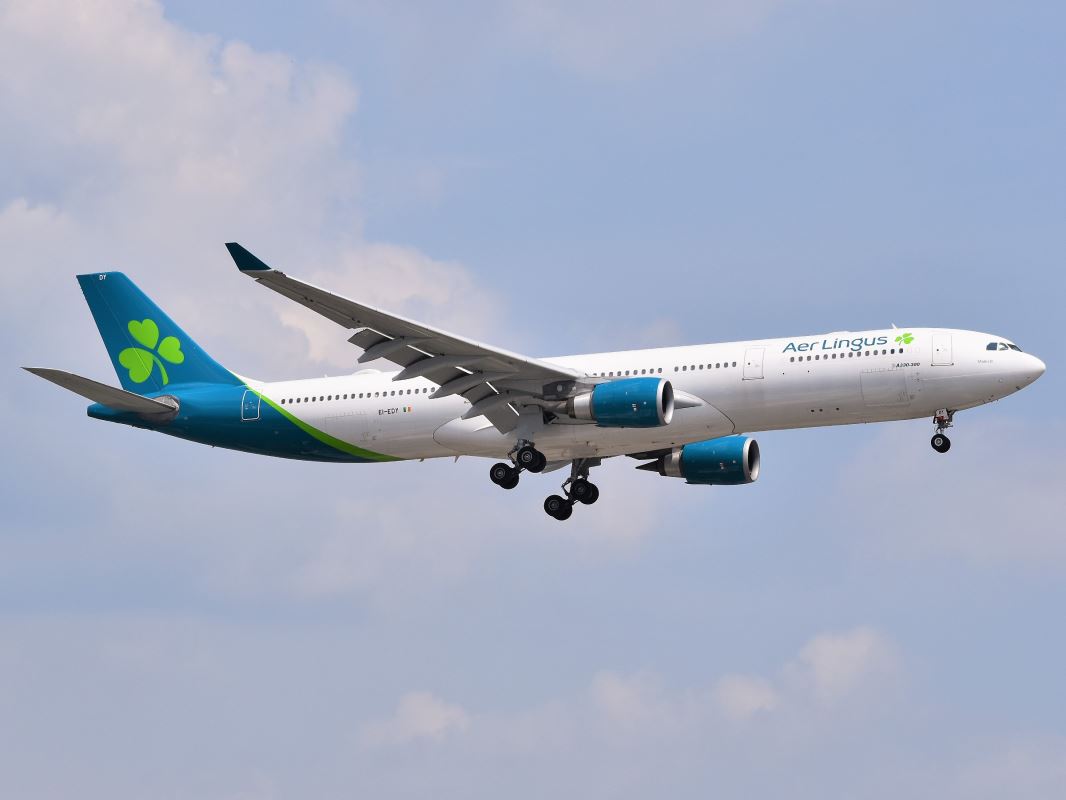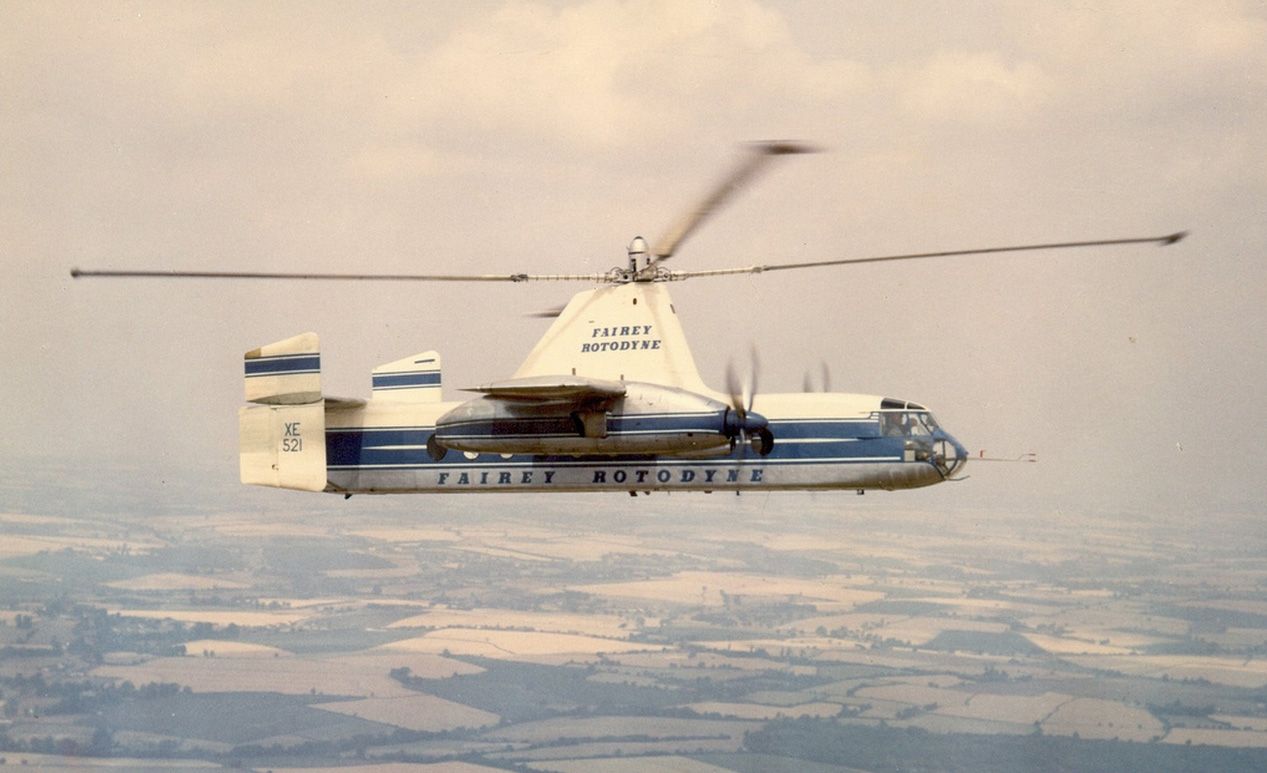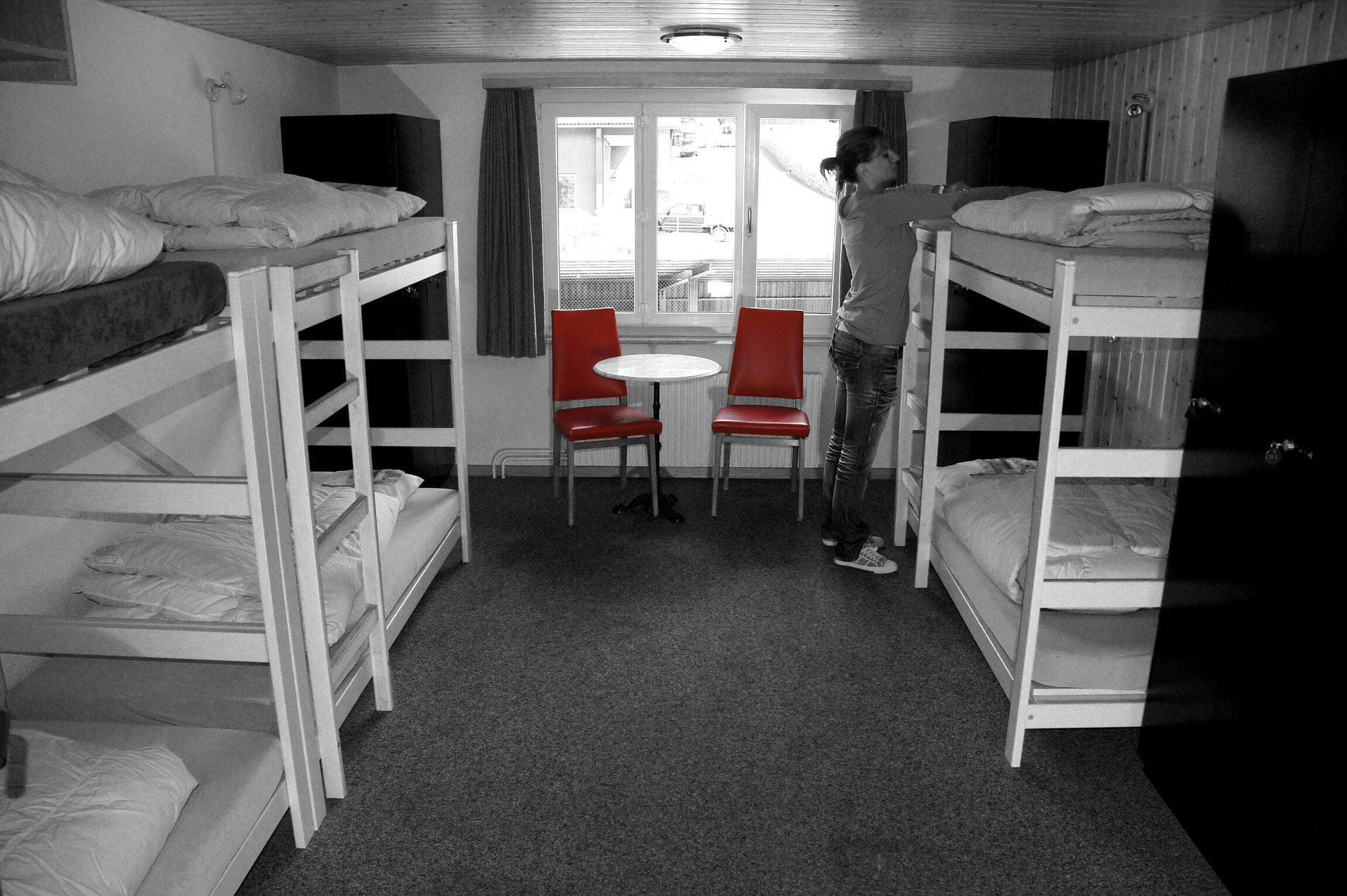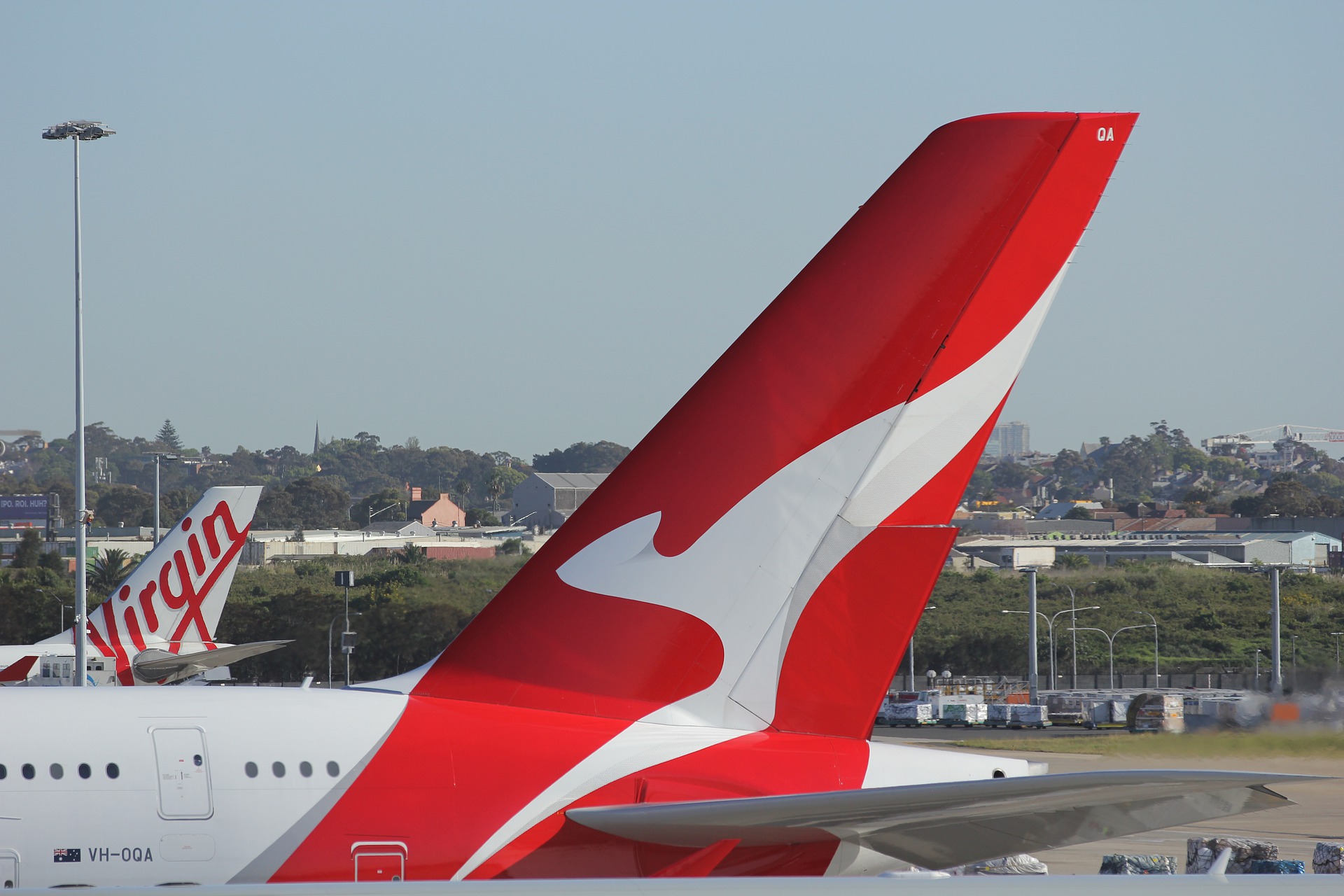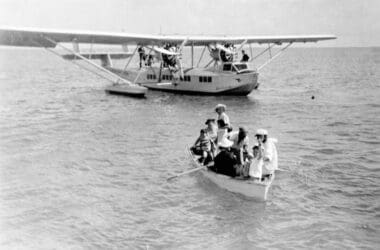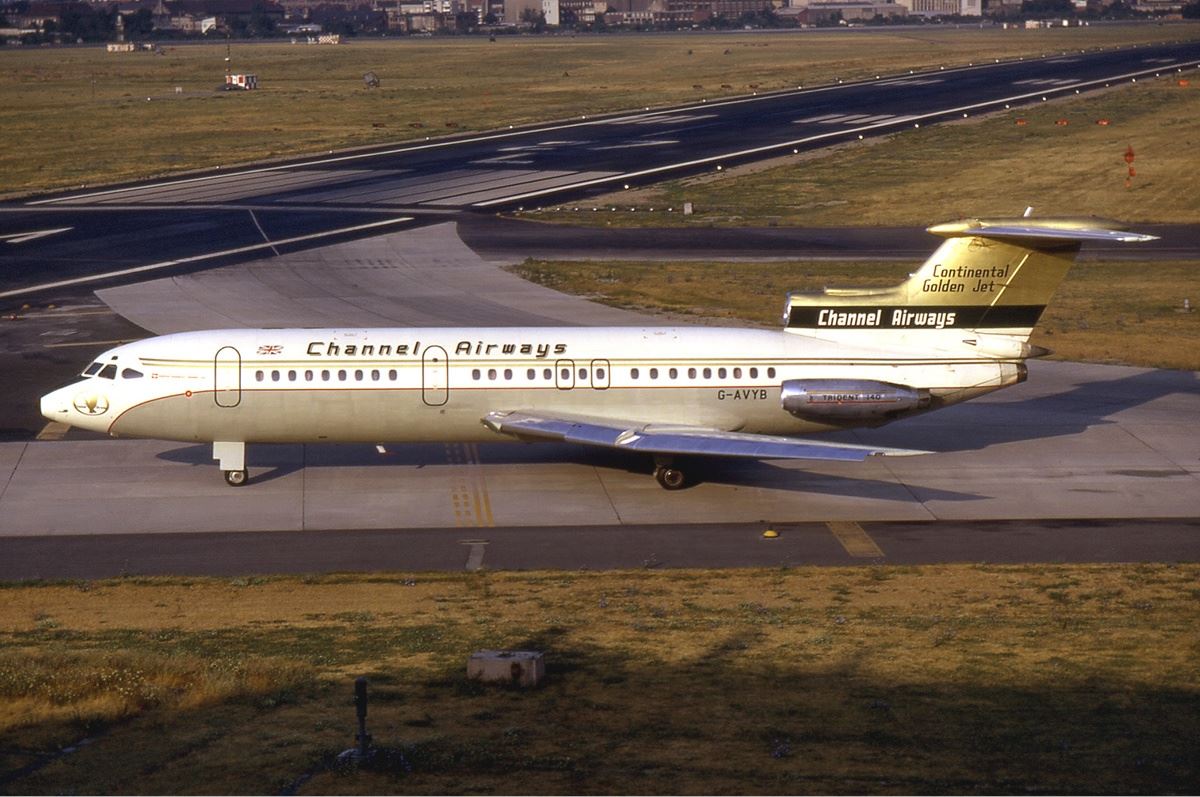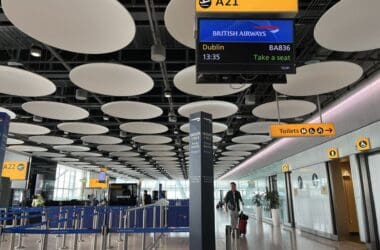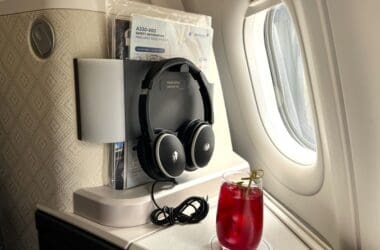You would be forgiven for never having heard of the Fairey Rotodyne, which is a compound gyroplane or a gyrodyne. This is a vehicle that has aspects of both a helicopter and an aeroplane.
First flying on 6 November 1957, the aircraft was designed to carry up to 40 passengers, landing and taking off vertically from heliports but with the speed of a normal airliner.
Fairey Rotodyne Video
Following on from the last video on the Douglas DC-4, this time we look at the British built Fairey Rotodyne. Made by the people at the excellent Mustard channel on YouTube, this 10 minute presentation is a real treat.
It explains how the aircraft works and conceptually it’s quite interesting. Having the extra jets on the tips of the helicopter blades is something I never knew about, for example. Turns out these were noisy which is one reason why things did not progress to serial production.
Had this invention progressed, it is possible airports would be completely different. Rather than long runways, we could have a series of helipads to start our flight from.
Letters of intent came in from British European Airways (BEA), the Royal Air Force, New York Helicopter and others were also interested. However none of this came to pass and the project was eventually cancelled in early 1962.
Overall Thoughts
The video gives an excellent overview of the story of the Fairey Rotodyne. It certainly is an interesting concept and would have been something else to fly on board.
Designed for short flights from city centre to city centre, it would have been suitable for various sectors around Europe, the UK and the United States. What could have been, eh? Thank you for reading and if you have any comments or questions, please leave them below.
Enjoying the series? Check out the index to all the “Does Anyone Remember…” articles.
To never miss a post, follow me on Facebook, Twitter and Instagram.
All my flight and lounge reviews are indexed here so check them out!
Featured image via Pinterest.

